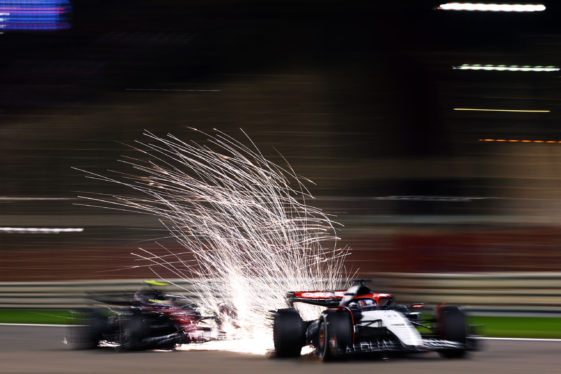
Enlarge / F1 cars use engines with thermal efficiencies that even a Prius could only dream about. They are not the cause of the sport’s carbon footprint. (credit: Dan Istitene – Formula 1/Formula 1 via Getty Images)
Formula 1 might be a sport, but it’s also a $2.6 billion business with shareholders, and like pretty much every other multibillion-dollar business with shareholders, that means it’s under increasing scrutiny regarding the amount of carbon emissions it’s responsible for. Currently, that’s about 250,000 tons a year, but the sport says it wants to reduce that to net zero by 2030. I spoke with F1’s chief sustainability to learn more about how it’s doing that, and you may be surprised to learn that race cars have very little to do with it.
While F1’s carbon footprint is just a fraction of other global sporting events like the Olympics or World Cup, it’s a more visible target, considering it involves cars driving around a track burning gasoline. But focusing only on the cars is a mistake.
Forget the cars
For one thing, since the introduction of hybrid powertrains in 2014, F1 cars have become extremely efficient. There are a pair of hybrid systems—one that captures energy under braking and another that captures energy from exhaust gases—and the 1.6 L V6s burn their gasoline more efficiently than any other internal combustion engine ever made, approaching or perhaps even passing 50 percent now.
Read 16 remaining paragraphs | Comments





